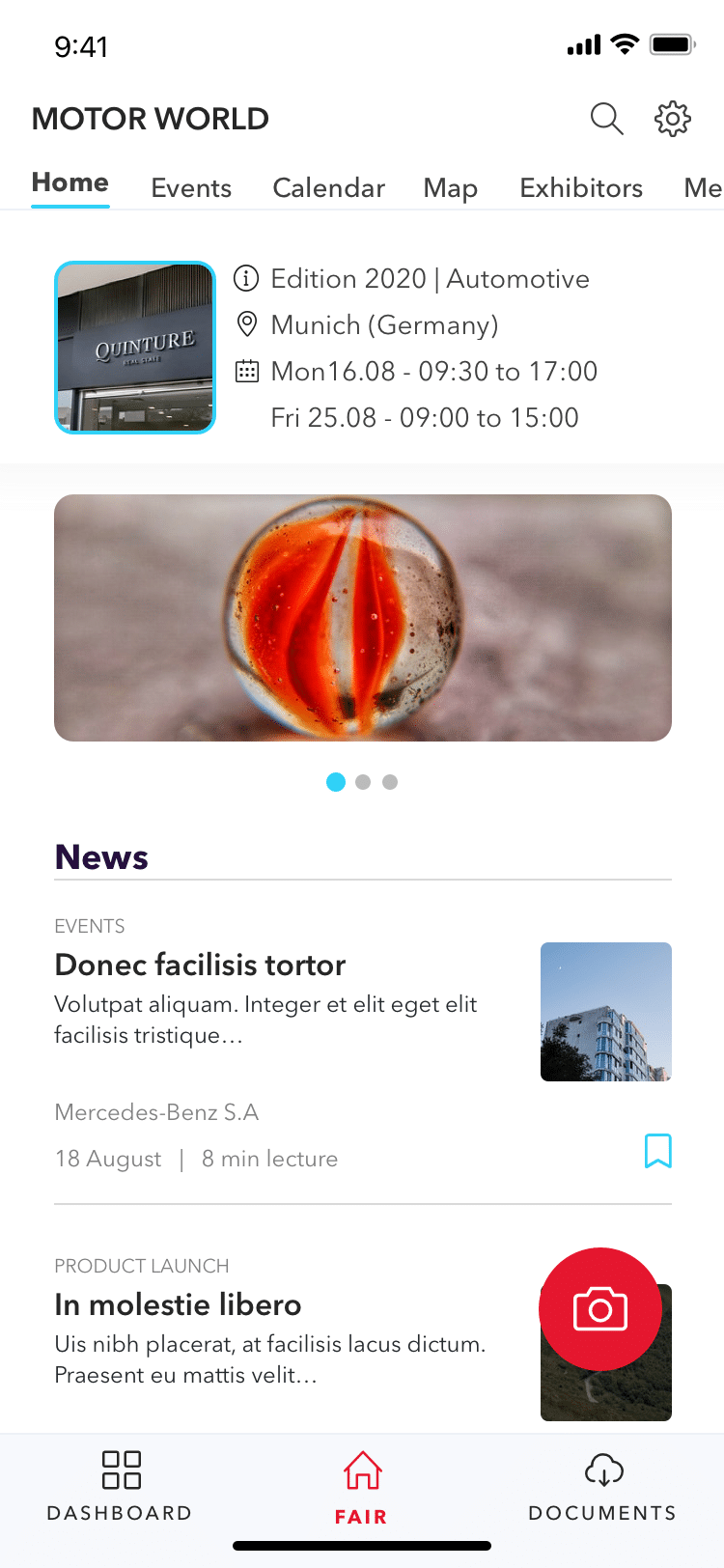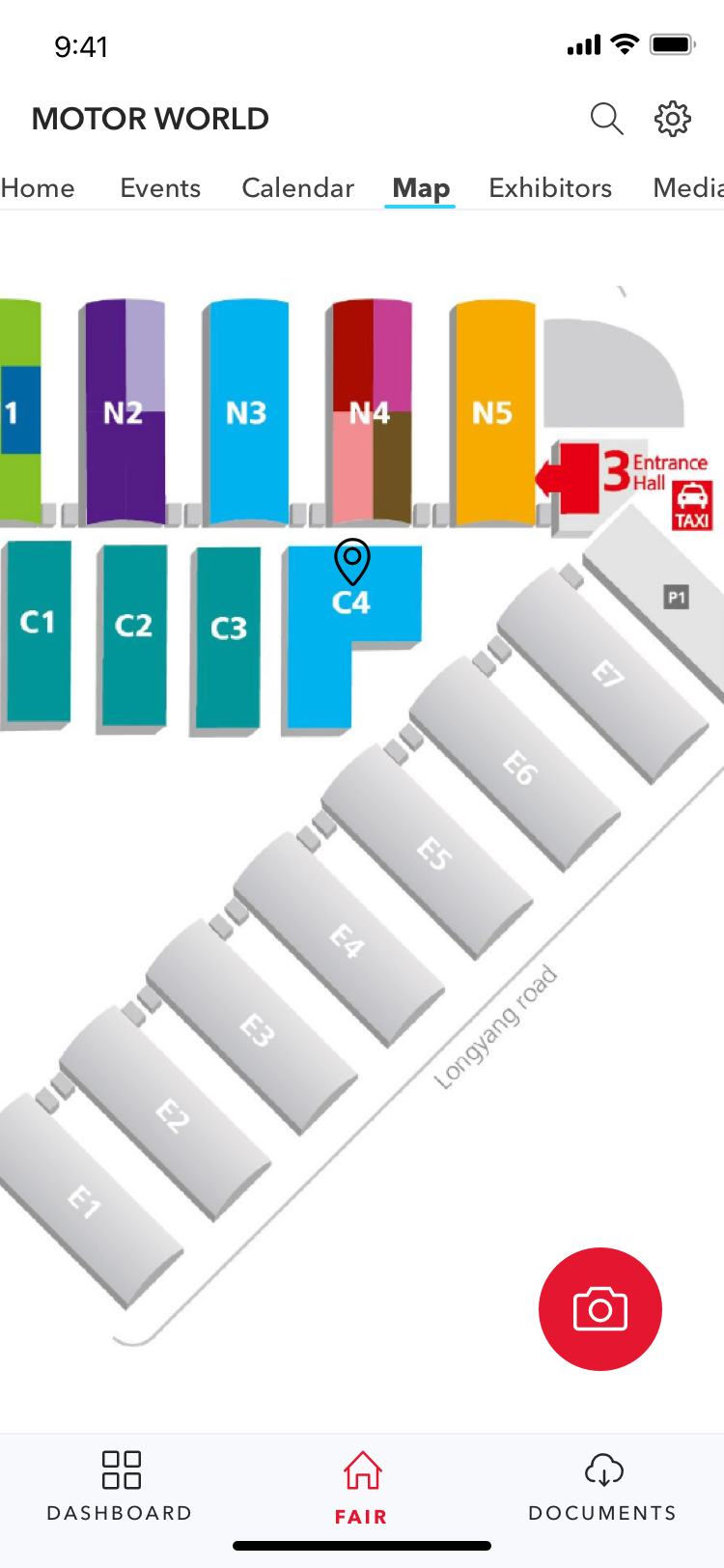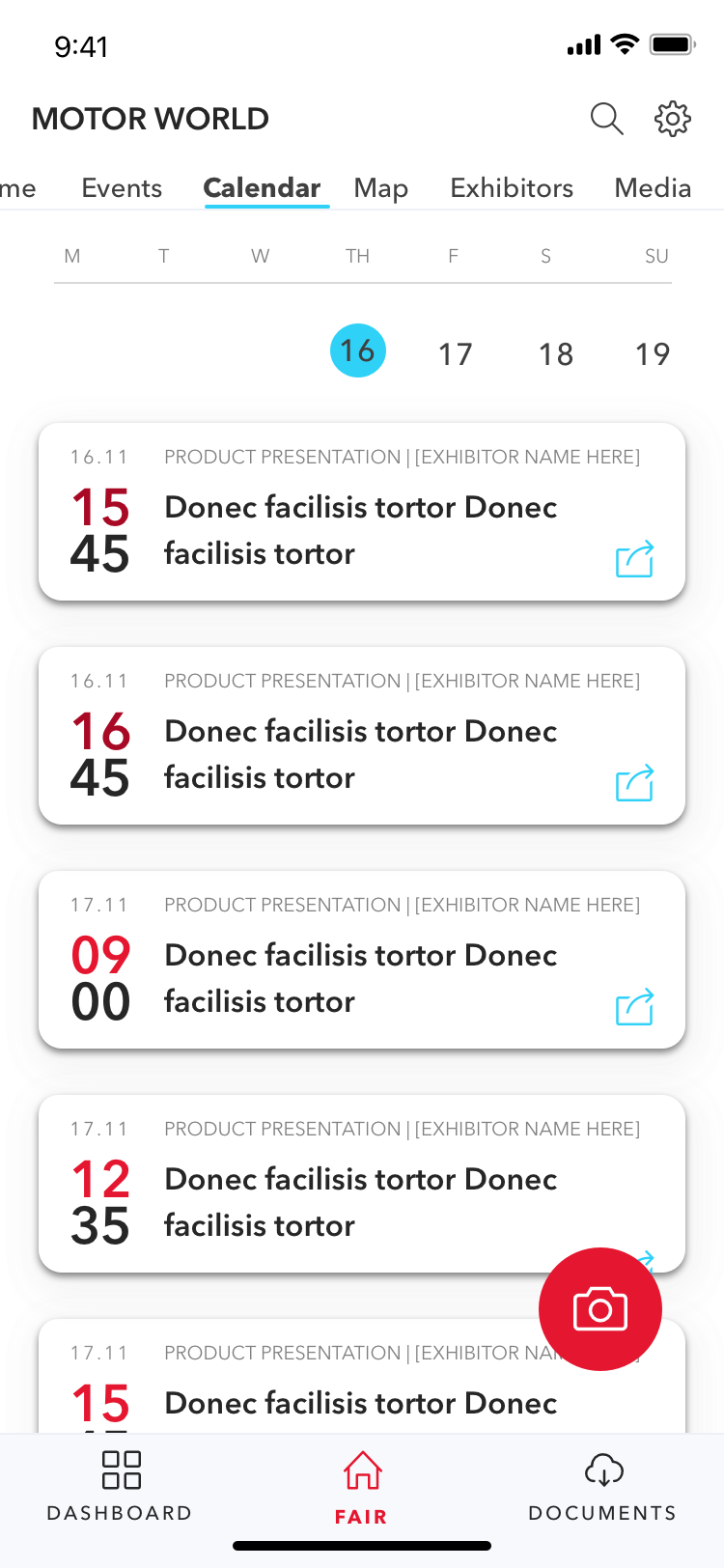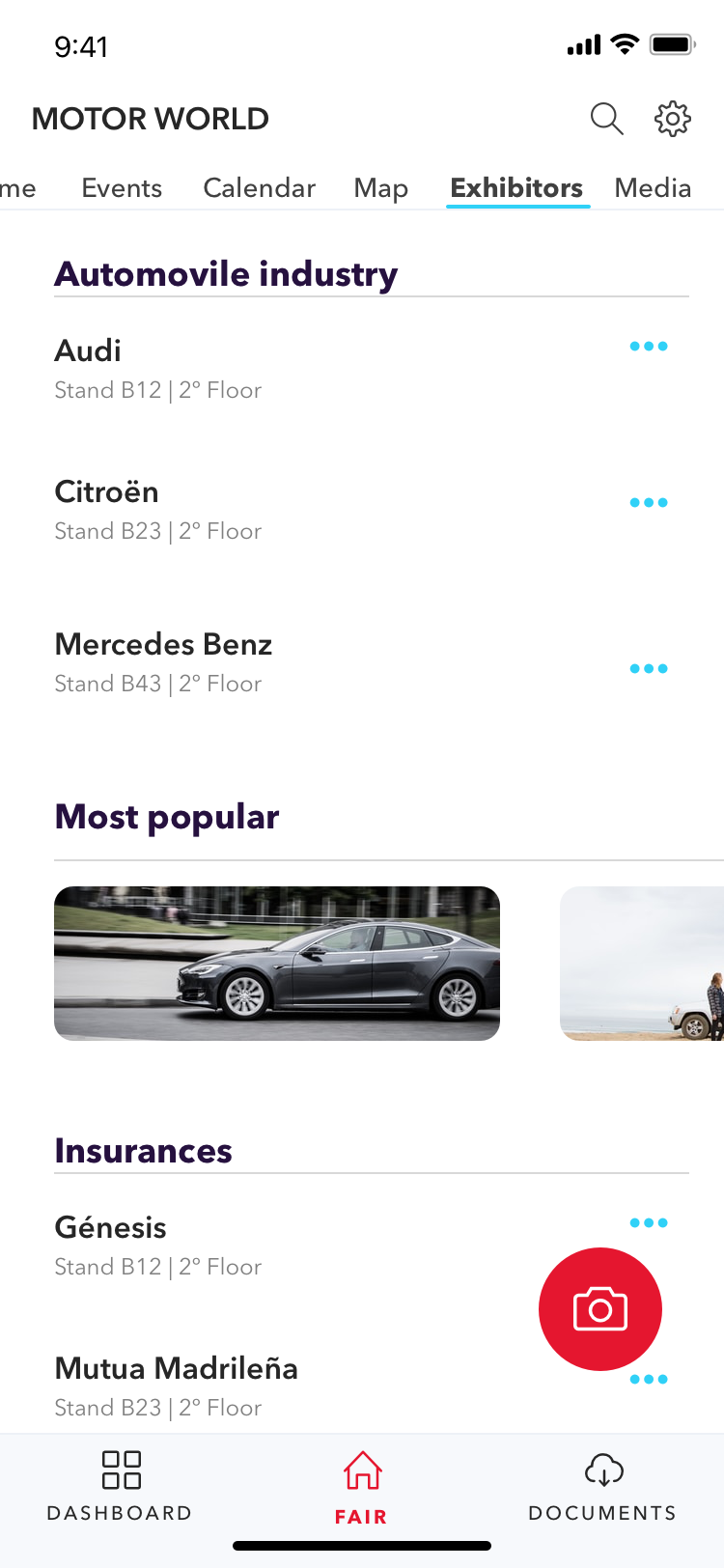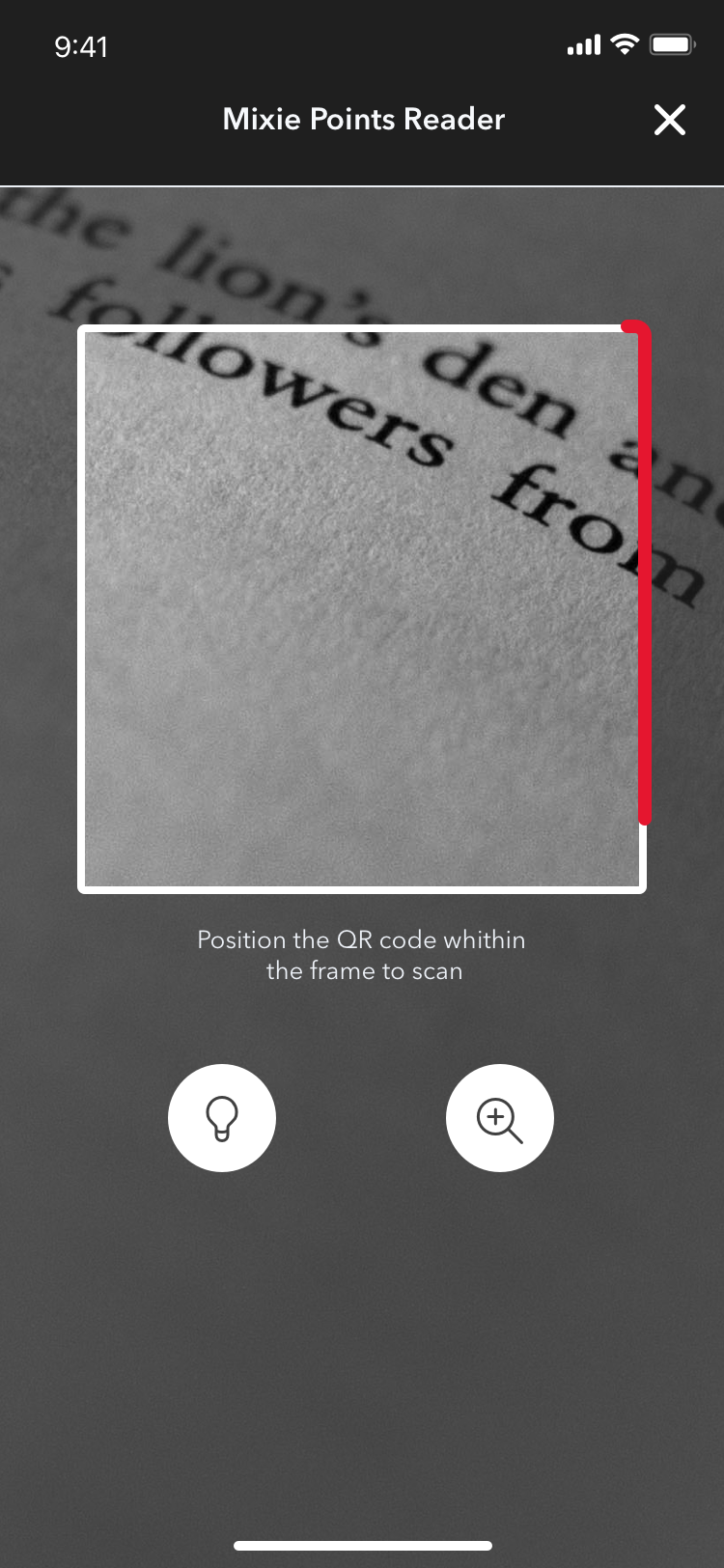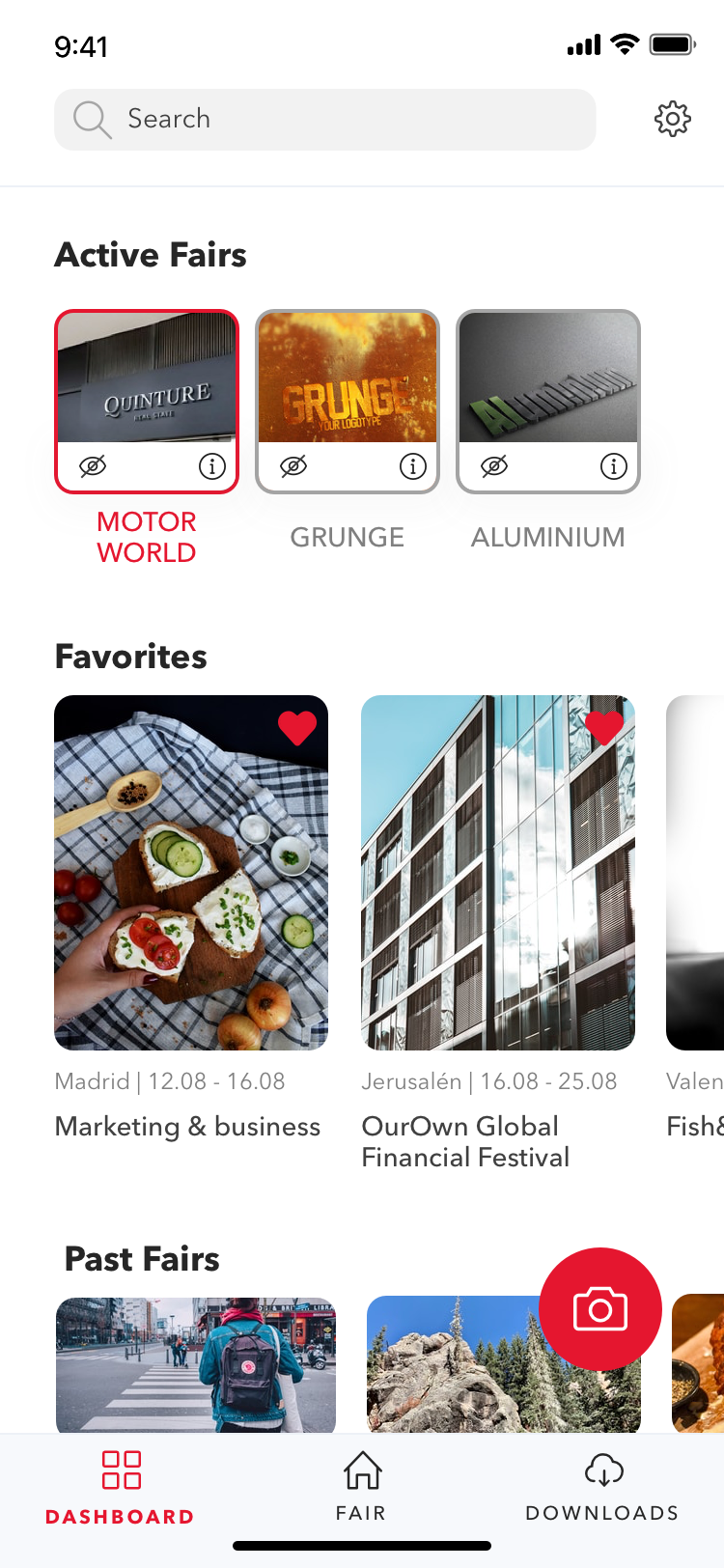Mixie: Built a digital
product in a start up
Mixie: Built a digital product in a start up

Mixie started as a profitable business idea at events where my responsibility was to shape it
into what it is today: a company whose product is used in the European market for generating business intelligence.
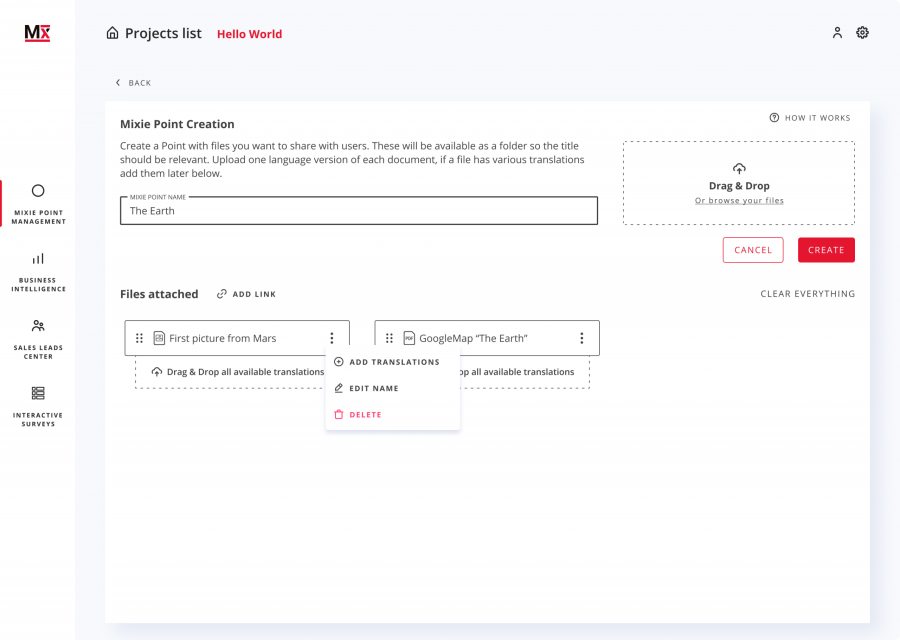
As a client attending a trade fair, I want to take with me all the possible information in a digital format so that I could review it whenever I need and if I have any doubts I could contact a sales manager quickly for solving them.
As a company attending a trade fair, I want all the visitors to have my products information so that I could create a valid database about my potential customers and their interest.
Scenario: Exchange information between companies and customers so that users discover the product and companies get to know their potential clients better.
- Given a platform to both intermediaries for having contact,
- when a company upload information to the platform
- and the customer receives it in a digital format to consult it whenever he/she needs
- then the company will know the contact information of this lead
- and they can call each other to create commercial relations
-
Problem
How did Mixie come about?For a long time, the pandemic made it impossible to attend face-to-face events, exchange physical information or communicate face-to-face. For months the way we interacted with others was limited to the digital plane and Mixie saw the market niche to create a solution that would help during and after the pandemic to resume commercial activity at trade fairs / conferences / events without putting at risk any of the parties and facilitating the work of exhibitors to generate quality leads.
-
User Story
Customer PremiseAs a client attending a trade fair, I want to take with me all the possible information in a digital format so that I could review it whenever I need and if I have any doubts I could contact a sales manager quickly for solving them.
-
User Story
Business PremiseAs a company attending a trade fair, I want all the visitors to have my products information so that I could create a valid database about my potential customers and their interest.
-
Acceptable criteria for a MVP
Scenario: Exchange information between companies and customers so that users discover the product and companies get to know their potential clients better.
- Given a platform to both intermediaries for having contact,
- when a company upload information to the platform
- and the customer receives it in a digital format to consult it whenever he/she needs
- then the company will know the contact information of this lead
- and they can call each other to create commercial relations
FIRST APPROACH: RESEARCH FOR THE MVP
Let’s talk with users
To check if our product would be successful in the market, we spent the first few months listening to users’ needs at trade shows and events before and after the pandemic. We started by assessing the attendees’ problems, as well as those of the companies exhibiting at the fairs: What situations made them feel rejected? What attitudes would they like to avoid?
From the visitors, we learned that…
-
During and after the fair, they would discard a large portion of the marketing materials provided by companies.
-
They prefer to ask questions rather than be asked.
-
They don’t want to download apps or register, especially if it’s at the fair itself.
From the exhibitors, we learned that…
-
In many cases, they are unable to attend to the flow of visitors at a fair booth.
-
There are sectors, like the livestock industry, that due to not being digitalized, face great difficulty in obtaining customer data.
-
It’s very difficult to find quality leads.
-
A product sells better in person, but due to COVID, having direct contact with a customer is currently a sensitive issue.
They allocate a large portion of the budget at fairs to giveaway mat
With this information, we can conclude something very clear: The trade fair and events industry is a sector that relies heavily on physical contact where seeing the product and talking to people becomes essential.
We realized that at some point, we would have to return to trade shows, and the only missing piece was understanding how our last stakeholders, the trade show organizers who would purchase the product, would approach this. We made great efforts to speak with them and gather information, from which we drew the following conclusions:
- We found that many organizers already had apps developed for their most important events, with features such as an event calendar, attendee list, or map.
- For years, they had been using the famous QR codes that became so popular following the pandemic.
- Some had systems that allowed for the unilateral exchange of information between companies and attendees through reading the QR code included in visitor cards.

High fidelity design for the exhibitors platform
Based on all the information we had, we developed some initial high-fidelity sketches that would allow us to test the idea with users. These were the most important points to consider for its development.
- Create a unique app that is common to all the fairs in the world, which would contain the information that fair organizers were replicating in the apps of their different events.
- Differential value – Closed code QRs: A system that allows regular users to exchange bilateral information between stakeholders.
- Reducing contact: By having all the information in one place, we avoid carrying materials. By exchanging contact information, we reduce in-person interaction
Parallelly, we tested the prototypes with the market and obtained great responses that made us iterate the entire product.
- Fair organizers rejected the idea of purchasing another app because they already had some that, good or bad, had already been invested in and they wanted to take advantage of them.
- Users rejected downloading apps that were not «official» or well-known.
However, all users saw a strong point in what we called the differential value, which we later called Mixie Points.
Folders stored on our servers that grouped product information in an organized and simple way, always up-to-date, at a much lower cost than it would cost an organizer to develop.»
SECOND APPROACH: CREATING MIXIE POINTS
How Mixie Works
Mixie stopped being conceived as an app to avoid downloads and native designs, and started being conceived as a web app in two parts. The first part was intended for desktop users who would be companies and fair organizers (content creation), and on the other hand, a more mobile version for visitors (receiving information).
We outlined a user persona to better understand the user who would face the platform and make decisions. This analysis led us to consider the following:
- We needed to contemplate the option of adding files in several languages.
- Exhibitors needed a simple and intuitive system that would not take up much time.
- They wanted to be able to include many types of files: links, documents, videos, etc.»

User flow
We created different flows until we achieved one that was as simple as possible and contained the main functionalities of the product:
- MixiePoint Management: Section where users could create folders of files that could be exported as QR codes that would give access to that information.
- Business Intelligence: Section for downloading all the information of the visitors who scanned those codes and how they interacted with the content.
Finally, this is how the ideal path looked like, which went from registration on the platform (a handicap that we could not avoid due to GDPR) to the creation of the codes.
With the path already mapped out, we directed all efforts towards designing the user experience on the platform, and more specifically towards the creation of Mixie Points.
It took months of work where we tested multiple times what would be the best way to do it. Seeing that the best option we could propose involved a very expensive but necessary development, we started working under the SCRUM methodology, which allowed us to create EPICs for the development of these complex and lengthy functionalities.
We broke down all the functionality into much smaller parts once we had a tested solution that gave us good results: A drag & drop as a way to upload and group files that were the same but in different languages.
THIRD APPROACH: ABOUT DATA
Dashboard in realtime
Mixie Digital Solution, como se llama actualmente el producto ha continuado creciendo hasta el punto en que se encuentra ahora.
Lo más recientemente implementado que a nivel personal supuso un gran reto es la parte de Business Intelligence pues hemos querido pasar de tener un informe descargable a generar un dashboard con actualizaciones automáticas en tiempo real.
Esta idea vino dada por los stakeholders y valorada a nivel de negocio dentro de la empresa pues ha supuesto un cambio grande a la hora de representar los datos y nos ha abierto un camino hacia lo que será el producto el día de mañana enfocándose mucho más en el sector de la investigación de mercado.

-
What to show
When fairs are measured day by day, the results must be measured in the same way, so we established a dynamic table consisting of a bar chart indicating visitor interaction at the fair minute by minute.
All of this gave us an overview of what happened that day, so it made a lot of sense to continue adding data to that set.
Data such as the total number of visitors day by day, data on visitor origin, gender, and job positions; data that helped companies contextualize the user archetypes showing interest in their product. This is how we extracted several groups of data
-
How to show
We decided to create an analytical dashboard because we had many variables to offer over a long and adaptable period of time, that is, day by day and even hour by hour adapting to the activity of the fair.
In addition, it would allow our clients to see trends, interests, and evolution of their products at a glance.
Finally, users would always have the option to download all the information offered in a report and pour it into their own databases to compare it with data recorded in previous fairs.
-
Potential for growth
Since the product continues to grow, we have taken into account other variables that could be included in the future, measuring their potential time or capacity for sharing files and tracking the information provided by companies to visitors.
This translates into new interactive formats where exhibitors will also have the ability to cross-reference data on relationships and interests.

Trade Fair Overview
It includes day-to-day tracking of users and their progression in terms of interest in the company’s products.
Where has the code been scanned? How many times? What content have they interacted with? For how long?
Mixie Point 1:1
We compared the data of all users who scanned the Mixie Points and offer a top interaction by country or industry to the companies that created them.
This way we gradually created market reports with all the information collected from all fairs in the same sectors.
Visitors evolution
We collect additional data on visitor interaction by comparing time and repetitions to determine which leads, on a personal level, were the most interested.
-
Trade Fair Overview
It includes day-to-day tracking of users and their progression in terms of interest in the company’s products.
Where has the code been scanned? How many times? What content have they interacted with? For how long? -
Mixie Point 1:1
We compared the data of all users who scanned the Mixie Points and offer a top interaction by country or industry to the companies that created them.
This way we gradually created market reports with all the information collected from all fairs in the same sectors.
-
Visitors evolution
We collect additional data on visitor interaction by comparing time and repetitions to determine which leads, on a personal level, were the most interested.
How I have impacted Mixie so far
It has been approximately 3 years of the project from a business idea to a product that is being used in the current market, a project that has iterated countless times and has forced me to learn how to work with frustration.
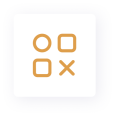
Design System
Based on Material design and following the brand guidelines, I have designed a whole visual system to support the product.
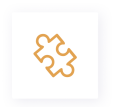
Integrated product.
I have adapted the product for those companies that have decided to implement it by integrating it with their own systems

Hybrid Design
We have worked on two web apps trying to create a product system compatible with both IOS and Android, adapted to their characteristics.

Combine 3 different users
Dealing with three very different types of users, I have aligned their needs to create best practices that respond to their needs.

Build a brand
I have created a branding around Mixie to help it break into the market and build the product.
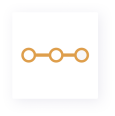
Roadmap based on users needs
By gathering all the information from the stakeholders we have created and prioritised a huge list of important points that will guide the direction of the product towards growth.
